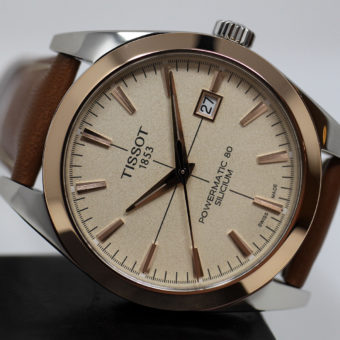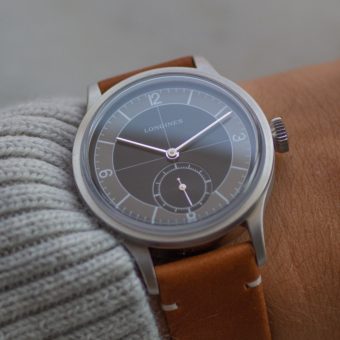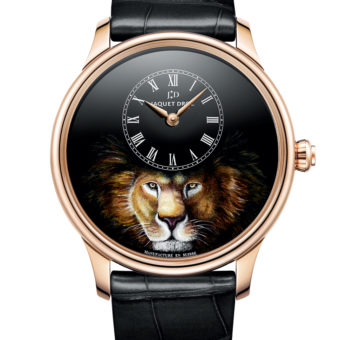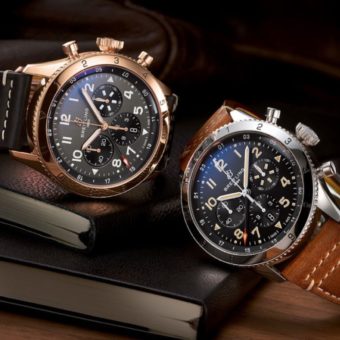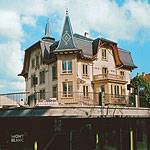
In the fall of 2006 the Richemont Group surprised the watch world when it bought Fabrique d’Horlogere Minerva SA, a small manufacture in the Swiss town of Villeret, very near St. Imier in the Jura watchmaking region. The company made the Minerva brand of watches, unknown to the public at large but a great favorite of many watch aficionados, who relished its high-quality, in-house movements sold at affordable prices (until 2000, that is, when they went sharply upward; see “150 Years of Minerva” below).
What was surprising wasn’t the purchase itself: big watch companies were snapping up manufactures wherever they could find them. Rather, it was Richemont’s decision, announced soon after the acquisition, to, in effect, “give” Minerva to Richemont’s barely decade-old Montblanc watch brand to serve as its exclusive supplier of high-end, limited-production movements. After all, of Richemont’s then 11 watch brands (it now has 13), Montblanc, known far better for its pens than its watches, was arguably the one with the least claim to, or potential for, haut-horloger status.
Which, in fact, explains Richemont’s move. Executives believed that Minerva, with its equipment and 22 highly skilled employees — including master watchmaker Dimitri Cabbidu, Minerva’s technical director — would help put Montblanc on the high-watchmaking map. The Montblanc brand, which is based in Hamburg and headed by Lutz Bethge, is a giant in the realm of luxury pens and also markets leather goods, perfume, jewelry and other accessories. Its watch business, launched in 1996, was showing strong growth but had yet to make its mark with the watch cognoscenti. As one Montblanc executive noted, “Montblanc needed Minerva.”
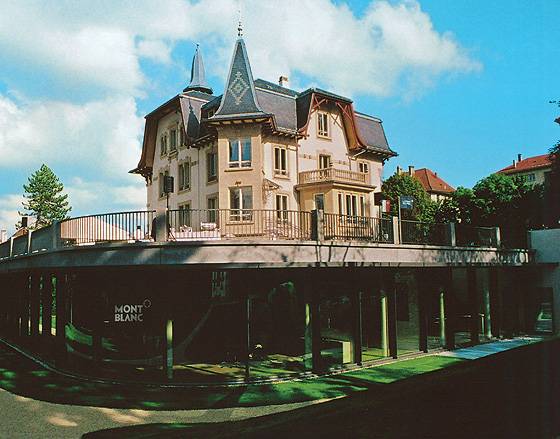
Out went the 122-year-old Minerva brand, which many had assumed would join the Richemont stable. From now on, the name “Minerva” would apply only to movements, not to watches. Those would bear the dual labels “Montblanc” and “Villeret 1858,” indicating they were part of a new, very high-end, very small-production (no more than 300 pieces per year) sub-brand. Richemont renamed Minerva “Institut Minerva de Recherche en Haute Horlogerie” and placed it under the aegis of the Montblanc watch and jewelry division, which is now headed by Hamdi Chatti. Chatti rejoined Montblanc in September 2008. He had been managing director of Montblanc’s timepiece business from 2001 to 2005 before leaving to head up Harry Winston Rare Timepieces.
Within months of the acquisition Montblanc had introduced a Minerva-made single-button chronograph, the Chronographe Authentique, containing either Caliber 13-21 or 16-29, depending on the watch’s size, and the Seconde Authentique, with caliber 62-00 or 16-15. All the calibers had been developed in Minerva’s pre-Richemont era. The next year, at the 2008 edition of SIHH, Montblanc introduced the Retour À Zero, whose seconds hand snaps back to zero when the crown is pulled out (calibers 13-18 or 16-18). The watches were grouped under the name “Montblanc Collection Villeret 1858,” 1858 being the year Minerva was founded.
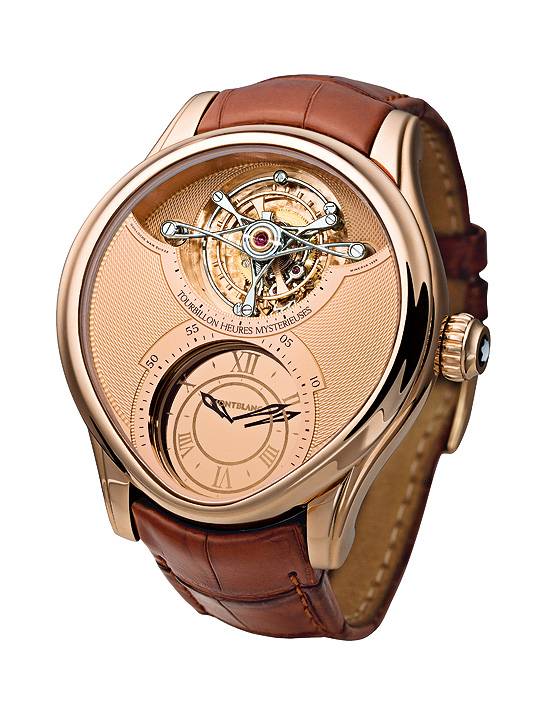
Now Montblanc has launched yet another new model, this one an even stronger symbol of its haute de gamme aspirations. It is, not surprisingly, a tourbillon watch. It contains Caliber 65-60, which, too, was developed during the pre-Richemont era. The watch, called the Grand Tourbillon Heures Mystérieuses, honors the 150th anniversary of the Minerva company, or, rather, the company that would become Minerva, H. & C. Robert. The “mystérieuses” in the name refers to the watch’s hours-and-minutes display, which is constructed on the same principal as were the famous “mystery” clocks of Cartier and other companies. These clocks had transparent, rotating disks, which gave the illusion that the timepiece’s hands were floating in air, unconnected to any motive force.
In the Grand Tourbillon, the hour hand and minute hand are embossed on two very thin disks made of synthetic sapphire. They appear to float magically above the dial, which has a mirror finish. (The slight bulge on the bottom of the face is necessary to accommodate the mystery mechanism.)

The “Grand” in the name refers to the tourbillon cage’s large diameter of 18.4 mm, the same as that of the time display. The balance is itself a sizable 14.6 mm, and, like all the current Minerva movements, beats at 18,000 vph. The bridge is shaped like two infinity signs placed horizontally, end to end. On the tourbillon cage are three compensating weights, bearing tiny arrows pointing outward (arrows have long been a design motif for the Minerva brand), that can be pushed one way or the other to put the cage in perfect equilibrium. The back of the case bears Dimitri Cabiddu’s signature.
Minerva manufactures nearly all the tourbillon-movement components, as it does for all its movements, in-house. The factory — the original Minerva building dating from the 19th century, newly renovated — houses a mix of old-world and state-of-the-art machinery, with 50-year-old presses making some components; CNC and spark erosion machines, others. Minerva even manufactures its own hairsprings.
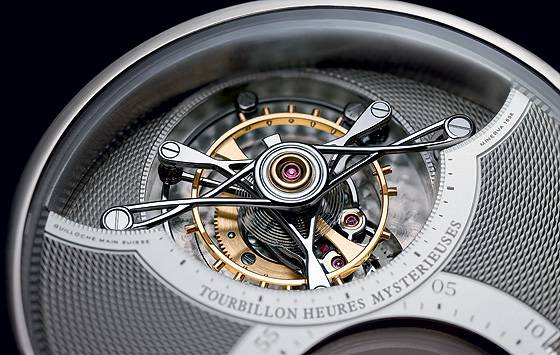
Last year the company introduced a limited series of eight pieces each in white gold ($266,000) and rose gold ($252,700), and over the next three to four years will make no more than an additional 64 pieces. There will also be a platinum version.
Minerva intends to maintain its quick pace of new movement introductions. Another, Caliber 16-30, is expected at this January’s SIHH show. (Executives wouldn’t say what it is beforehand, but it’s believed to be a repeater.) The company aims to introduce one new movement per year for the foreseeable future, all to be used in Montblanc watches exclusively, says Alexander Schmiedt, business director for the Villeret 1858 collection.
No movement will be produced in a series greater than 288 pieces. Minerva has the capacity to produce just 200 to 300 movements per year, says Schmiedt.
Minerva also makes one-of-a-kind, custom-made pieces for Montblanc. A customer can visit the Villeret facility, talk with a designer and choose his or her preferred caliber along with the watch’s case material, dial and bezel design and strap.
In the not-too-distant future, they’ll also be able to buy a Minerva-made watch with a movement designed not by the in-house design staff but by one of Minerva’s “guest” watchmakers. Minerva will soon begin a program in which artisanal watchmakers, with insufficient means to open their own manufacturing facilities, will be able to take advantage of Minerva’s. They’ll submit proposals to the company, for a complete movement or part of one — an escapement or winding system, say — and Minerva will select the ones it wants to produce, about one per year. The watchmakers will retain rights to their inventions and, at the same time, benefit from the public exposure the liaison gives them.
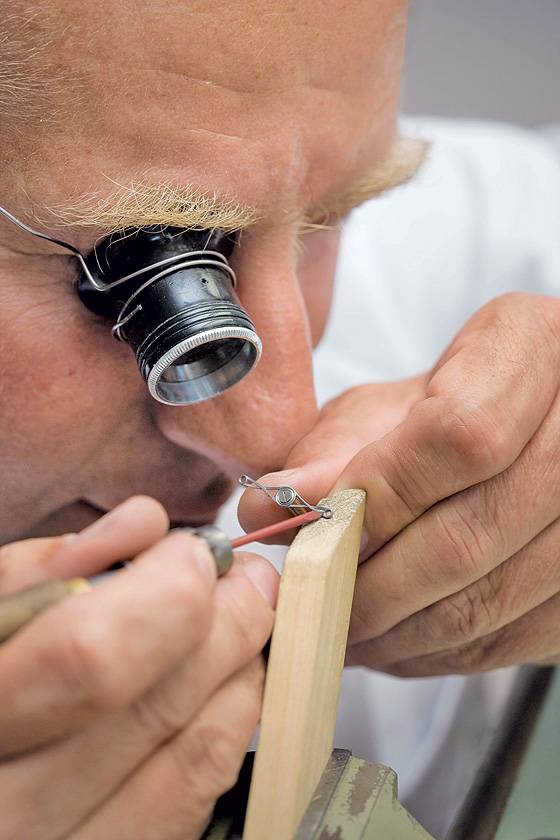
Minerva isn’t Montblanc’s only foothold in haute horlogerie terrain. Montblanc is also upgrading its Montblanc Montre SA watch operation, headquartered about 15 miles from Villeret in the town of Le Locle. It is this facility, housed in a villa built in 1906, that Montblanc produces the roughly 100,000 watches per year in the “regular” Montblanc brand. That brand consists of four collections: Star, Sport, Profile and TimeWalker, with prices for men’s models starting at about $2,300.
Last year, Montblanc Montre took a big step into high horology when it became a manufacture in its own right, launching its first movement designed and assembled in-house, the Montblanc Star Nicolas Rieussec Monopusher Chronograph. The Rieussec’s distinguishing feature is its minutes and seconds subdials. On most chronographs, hands rotate around subdials to keep track of elapsed time. On the Rieussec, however, it’s the subdials themselves that rotate, while the hands remain stationary. This year, Montblanc will make between 2,000 and 4,000 Rieussec movements, says Thierry Junod, managing director of Montblanc Montre.
Montblanc Montre will shore up its manufacture status in the coming years. The Rieussec caliber (there are actually two: a manual-wind that came out in the fall and an automatic due out in June) will serve as a base for more complicated calibers, Junod says. What’s more, Montblanc will in time begin making some of its movement components in-house at the Le Locle factory, Junod says. Right now, most are produced by the Richemont-owned movement maker Manufacture Horlogére Valfleurier, in the town of Buttes, near Fleurier, which supplies parts and/or movements to several Richemont brands.
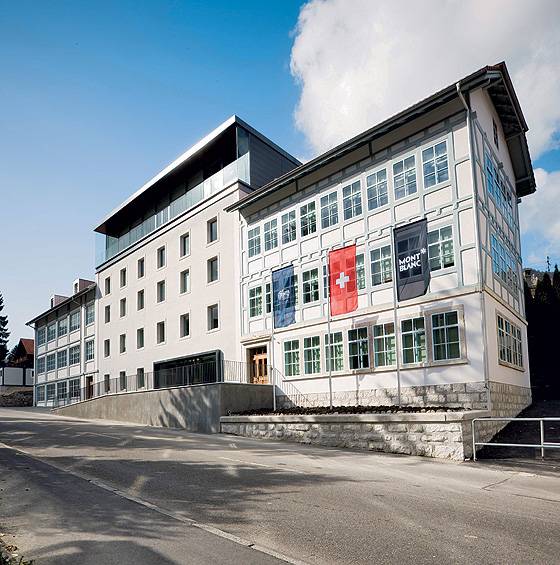
150 Years of Minerva
1858: Charles-Yvan and Hypollite Robert found the H. & C. Robert watch factory in Villeret.
1884: The Villeret factory produces its first Minerva-brand watches. (Minerva was the ancient Romans’ goddess of wisdom, technical skill, and invention.)
1908: Company introduces its first chronograph movement, the start of what would become a specialty for Minerva in the coming decades.
1935: Jacques Pelot and Charles Haussener acquire Minerva.
1957: André Frey buys Minerva from his uncle, Jacques Pelot.
1958: Minerva launches the Pythagore wristwatch, which attains a kind of cult status thanks to its high quality and moderate price.
2000: Prominent Italian financier Emilio Gnutti, later to become a major figure in the Italian banking scandal and be convicted for insider trading, buys Minerva. He hires Beppe Menaldo, former manager in Italy of Blancpain, and earlier of Breguet, as CEO. Master watchmaker Dimitri Cabiddu, whose achievements included collaborating with Gérald Genta on his Grande Sonnerie Minute Repeater, joins Minerva as technical director. Minerva shifts its focus from moderately priced watches to complicated, haute horlogerie creations.
2006: Richemont acquires Minerva from Gnutti’s company GPP International, based in Luxembourg.
2007: Richemont announces that Minerva will become a movement maker for an haute horlogerie sub-brand, Villeret 1858, within the existing Montblanc watch brand. Montblanc launches its first Minerva-made watches.
2008: Montblanc and Minerva mark Minerva’s 150th birthday by launching the Grand Tourbillon Heures Mystérieuses, an updated version of a watch developed during the Gnutti era.
Receive all the news, features and reviews from WatchTime for free! Sign up for our free weekly newsletter and get it all delivered to your inbox.


